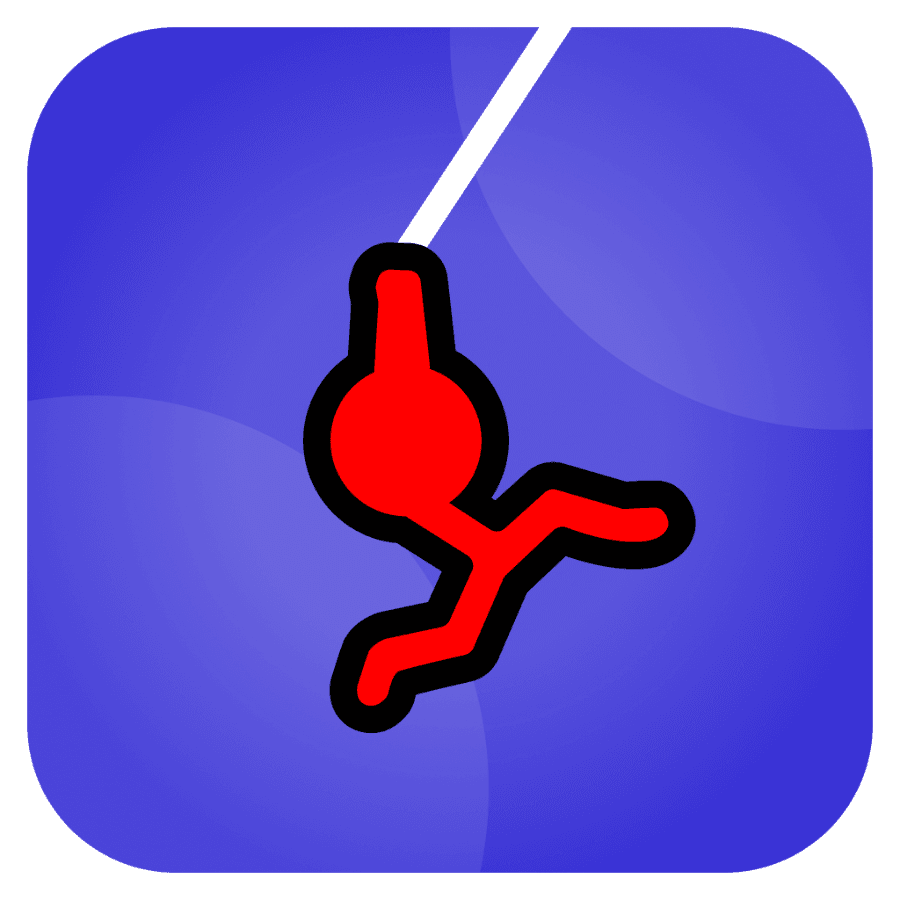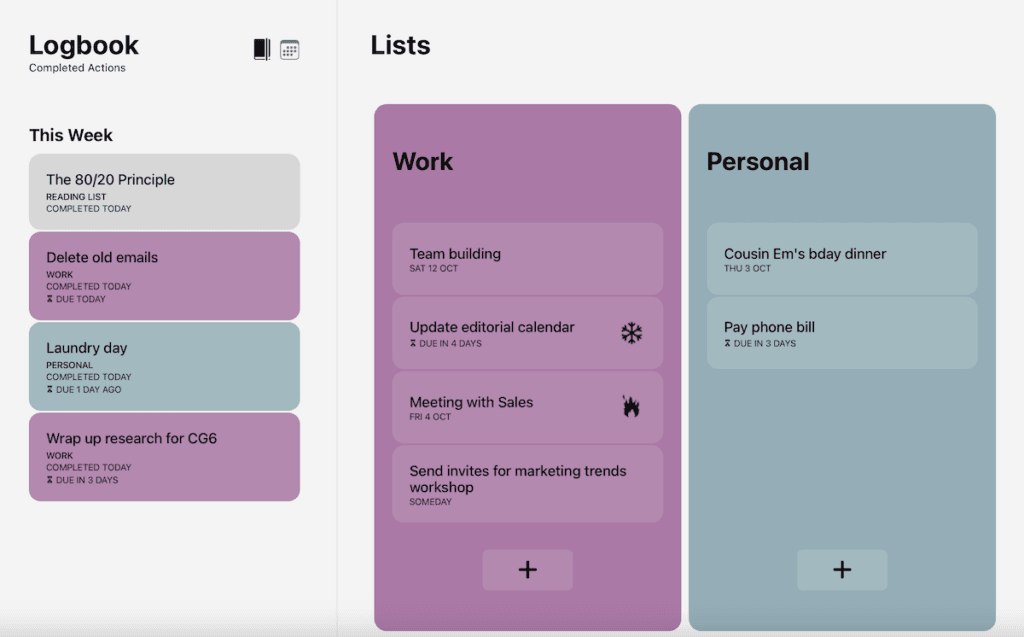

Let’s explore this topic in more detail with Stickman Hook below. In today’s fast-paced world, staying organized and managing daily tasks efficiently has become increasingly important. Fortunately, there are numerous apps available to help streamline our daily routines and boost productivity.
When it comes to organizing your daily tasks, having the right tools at your fingertips can make all the difference. Let’s dive into some of the best apps available for task management and productivity enhancement.
Todoist: Todoist is a popular task management app that offers a clean and intuitive interface. It allows users to create tasks, set due dates, and organize them into projects and labels. One of Todoist’s standout features is its natural language processing, which enables users to quickly add tasks by typing phrases like “Submit report every Friday at 3 PM.” The app is available on both iOS and Android platforms, as well as desktop computers, ensuring seamless synchronization across devices.
Todoist offers both free and premium plans. The free version provides essential features for individual users, while the premium plan, priced at $3 per month (billed annually), unlocks additional features such as reminders, comments, file uploads, and productivity tracking. Users appreciate Todoist for its simplicity and powerful integrations with other popular apps like Google Calendar and Slack.
However, some users find the learning curve for advanced features slightly steep, and the free version has limitations on the number of active projects and collaborators. Despite these minor drawbacks, Todoist consistently receives high ratings in app stores and is praised for its reliability and frequent updates.
Microsoft To Do: Microsoft To Do, formerly known as Wunderlist, is a free task management app that seamlessly integrates with other Microsoft products. It offers a clean, user-friendly interface and supports features like task creation, due dates, reminders, and list sharing. The app is available on iOS, Android, and Windows platforms, making it accessible to a wide range of users.
One of Microsoft To Do’s strengths is its integration with Microsoft 365, allowing users to sync tasks with Outlook and other Microsoft applications. The app also offers a “My Day” feature, which helps users focus on their most important tasks for the day. While Microsoft To Do is entirely free, it may require a Microsoft account for full functionality.
Users praise Microsoft To Do for its simplicity and cross-platform compatibility. However, some find it lacks advanced features compared to other task management apps. Despite this, Microsoft To Do receives regular updates and maintains a solid user base, especially among those already invested in the Microsoft ecosystem.
Read more: Best Scanner Apps to Turn Your Phone Into a Document Hub
For users seeking more comprehensive task management tools, there are several advanced productivity apps that offer additional features and customization options.
Asana: Asana is a robust project management and collaboration tool that can also be used for personal task management. It offers a wide range of features, including task creation, project timelines, team collaboration, and workflow automation. Asana is available on iOS, Android, and web browsers, ensuring accessibility across various platforms.
The app offers a free plan for individuals and small teams, while paid plans start at $10.99 per user per month (billed annually) for additional features and larger team sizes. Asana’s strength lies in its versatility, allowing users to manage both simple to-do lists and complex projects with multiple team members.
Users appreciate Asana for its comprehensive feature set and intuitive interface. However, some find the abundance of features overwhelming for simple task management. Asana regularly updates its platform and maintains strong security measures, making it a popular choice for businesses and power users alike.
Notion: Notion is a versatile all-in-one workspace that combines note-taking, task management, and project planning. It offers a highly customizable interface that allows users to create databases, kanban boards, calendars, and wikis. Notion is available on iOS, Android, and desktop platforms, providing a seamless experience across devices.
Notion offers a free plan for personal use, with paid plans starting at $4 per month for individuals and $8 per user per month for teams. The app’s flexibility is its main selling point, allowing users to create tailored systems for task management and information organization.
While many users love Notion’s customization options, some find the initial setup and learning curve challenging. However, once mastered, Notion can become a powerful tool for managing tasks and projects. The app regularly introduces new features and improvements based on user feedback.
Some apps focus on specific aspects of task management or cater to particular user needs. Let’s explore a few specialized options that might suit your unique requirements.
Forest: Forest is a unique productivity app that combines task management with the concept of gamification. The app encourages users to stay focused on their tasks by planting virtual trees. If users leave the app before the set time, the tree withers. Over time, users can grow a virtual forest representing their productivity.
Forest is available on iOS and Android for a one-time purchase of $1.99, with additional in-app purchases for premium features. The app’s unique approach to productivity has garnered a dedicated user base, especially among students and professionals struggling with phone addiction.
Users appreciate Forest for its innovative concept and visually appealing interface. However, some find the gamification aspect less motivating over time. Forest regularly updates its features and has partnered with organization Trees for the Future to plant real trees based on user activity, adding an environmental aspect to productivity.
TickTick: TickTick is a feature-rich task management app that combines the simplicity of a to-do list with advanced productivity tools. It offers features like task creation, list organization, reminders, habit tracking, and even a built-in Pomodoro timer. TickTick is available on iOS, Android, and desktop platforms.
The app offers a free version with basic features, while the premium version, priced at $2.99 per month (billed annually), unlocks additional capabilities such as calendar views, advanced filters, and collaboration tools. TickTick’s strength lies in its balance between simplicity and advanced features, making it suitable for both casual and power users.
Users praise TickTick for its comprehensive feature set and clean interface. Some users, however, find the free version somewhat limited compared to other apps. TickTick regularly updates its platform and has robust privacy measures in place, making it a reliable choice for task management.
Read more: Top Parental Control Apps for Safer Online Experience
With so many task management apps available, selecting the right one can be overwhelming. Consider the following factors when making your choice:
1. Your specific requirements: Assess your needs in terms of task complexity, collaboration requirements, and desired features. Are you looking for a simple to-do list or a comprehensive project management tool?
2. User interface and experience: Choose an app with an interface that you find intuitive and pleasant to use. The easier it is to navigate and input tasks, the more likely you are to stick with it.
3. Cross-platform compatibility: If you use multiple devices, ensure the app syncs seamlessly across all platforms you use regularly.
4. Integration capabilities: Consider how well the app integrates with other tools and services you use, such as email clients or calendar apps.
5. Price and value: Evaluate the free features and determine if the paid version offers enough value to justify the cost.
6. Privacy and security: Check the app’s privacy policy and security measures, especially if you’ll be storing sensitive information.
7. Updates and support: Look for apps that are regularly updated and have responsive customer support.
Regardless of the app you choose, following these best practices can help you maximize your productivity:
1. Break down large tasks into smaller, manageable subtasks.
2. Set realistic deadlines and prioritize tasks based on importance and urgency.
3. Use labels or tags to categorize tasks and make them easier to find and organize.
4. Review and update your task list regularly to ensure it remains relevant and actionable.
5. Take advantage of reminders and notifications to stay on top of important deadlines.
6. Experiment with different task management techniques, such as the Eisenhower Matrix or the Getting Things Done (GTD) method, to find what works best for you.
7. Don’t overload yourself with too many tasks. Be realistic about what you can accomplish in a day.